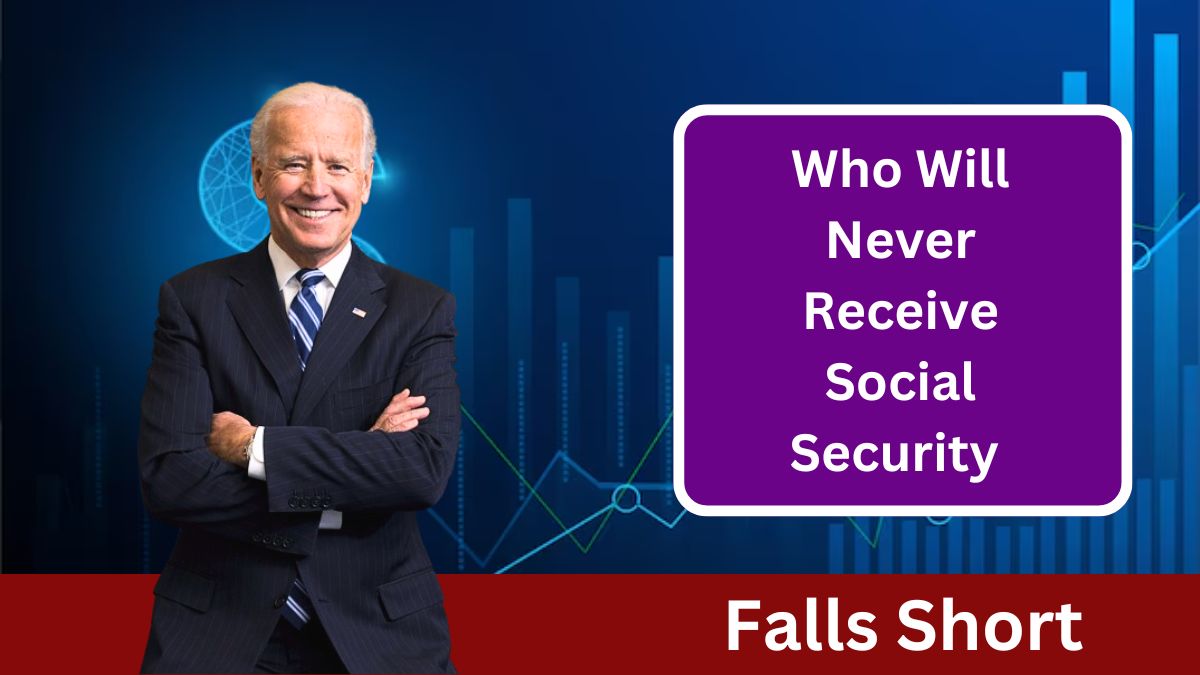Social Security benefits serve as a critical lifeline for millions of Americans, yet around 3.3% of individuals aged 62-84 will never receive these benefits. According to the 2023 Trustees Report, this group faces unique challenges and disproportionately high poverty rates, underscoring the need to address the gaps within the system.
For context, nearly 68 million Americans rely on monthly Social Security payments, with about 75% being retired workers who receive an average monthly check of $1,918 as of June. However, some segments of the population, due to factors like infrequent work history or non-covered employment, are left out entirely.
Social Security Benefits
Based on data from May 2024, those who never receive Social Security benefits often belong to certain demographic groups:
- Women: 63% of never-beneficiaries are women.
- Hispanics: Comprising 28%, this group is often affected due to varied work histories.
- Immigrants: 49% of those who miss out on benefits are immigrants, many of whom arrived in the U.S. later in life.
- Never-Married Individuals: 21% of never-beneficiaries are individuals who have never married.
- Widows: 20% of those without benefits are widows, a demographic that often struggles with economic challenges after losing a spouse.
- Lower Education Levels: 36% of never-beneficiaries have less than a high school education.
Workers Likely to Miss Out
Certain work patterns and employment types make some individuals more vulnerable to missing out on Social Security benefits:
- Infrequent Workers (38.9%): This group includes those who lack sufficient work credits to qualify for Social Security.
- Noncovered Workers (10.8%): Many state and local government employees fall into this category, as their positions are not covered under Social Security.
- Die Before Receiving Benefits (1.3%): Some individuals pass away before they ever receive benefits.
These categories underscore the importance of work credits and covered employment in securing Social Security benefits, highlighting how employment patterns can have long-term financial impacts.
Poverty Among Never-Beneficiaries
The data reveals stark disparities in poverty rates:
- Never-Beneficiary Poverty Rate: A staggering 54.3% of those who never receive benefits live below the poverty line.
- Current and Future Beneficiary Poverty Rate: In contrast, only 5.8% of current or future beneficiaries live in poverty.
This divide shows the importance of Social Security as a buffer against financial hardship, emphasizing how the lack of benefits places many at significant economic disadvantage.
Alternative Income Sources
Without Social Security, never-beneficiaries rely heavily on alternative income sources:
- Late-Arriving Immigrants: Depend heavily on coresident income (income from other household members), which makes up 36.5% of their total household income.
- Infrequent Workers: Many rely on Supplemental Security Income (SSI), with 31.2% of infrequent workers using this as a primary income source.
Although some in this group have access to assets, the income derived from them is generally low compared to Social Security benefits. This further limits their financial security, especially in retirement.
Future Prospects
There is a silver lining: the percentage of never-beneficiaries is expected to decrease slightly in the coming years. This trend hints at potential improvements within the Social Security system, aiming to minimize the number of individuals left without benefits. Efforts to address gaps in benefit coverage could provide better financial stability for future generations.
The individuals who miss out on Social Security benefits face significant economic challenges, often relying on alternative income sources and facing high poverty rates. As Social Security continues to adapt to modern needs, addressing these gaps can help ensure that fewer people are left behind. For those who depend on this program, Social Security isn’t just a benefit—it’s a foundation for financial stability in retirement.
FAQs
Who are the never-beneficiaries?
They are individuals aged 62-84 who never receive Social Security.
What percentage of never-beneficiaries are women?
63% of never-beneficiaries are women.
What is the poverty rate for never-beneficiaries?
54.3% of never-beneficiaries live in poverty.
Why do noncovered workers miss out on Social Security?
Many are state and local employees not covered by Social Security.
What income sources do never-beneficiaries rely on?
They rely on coresident income, SSI, and asset income.











